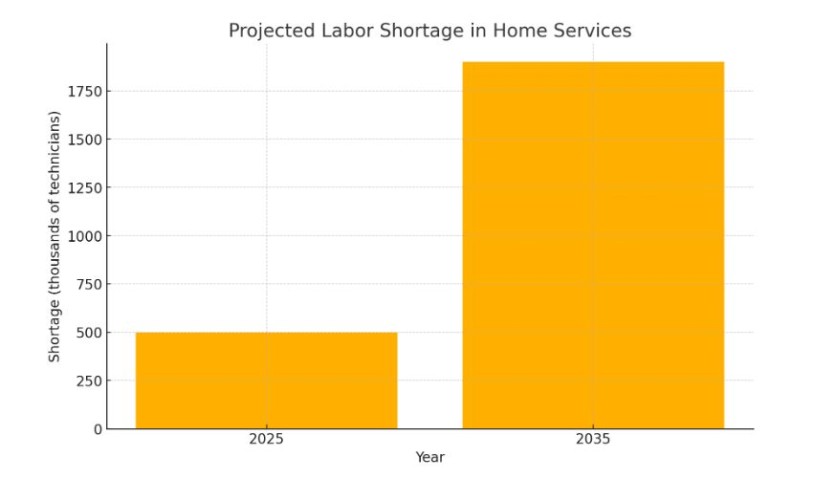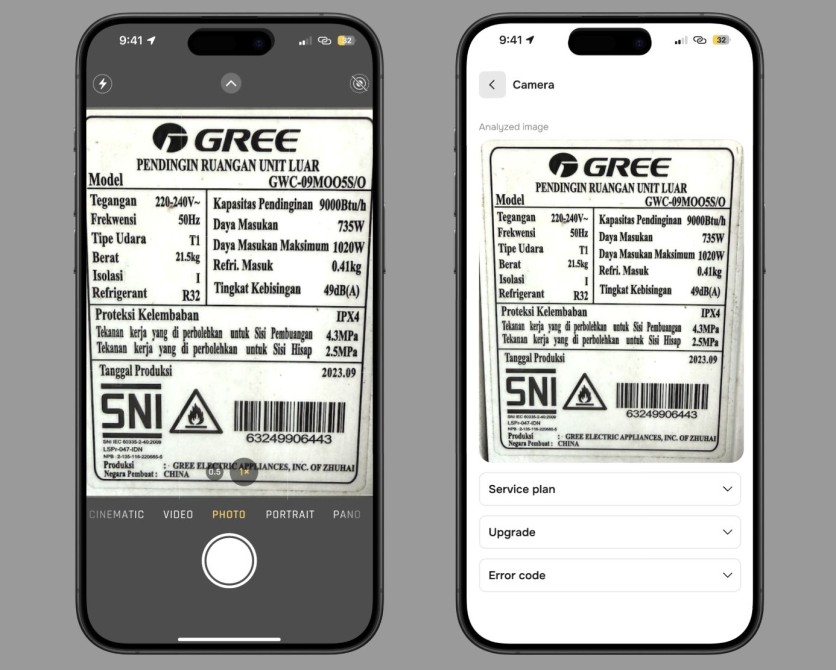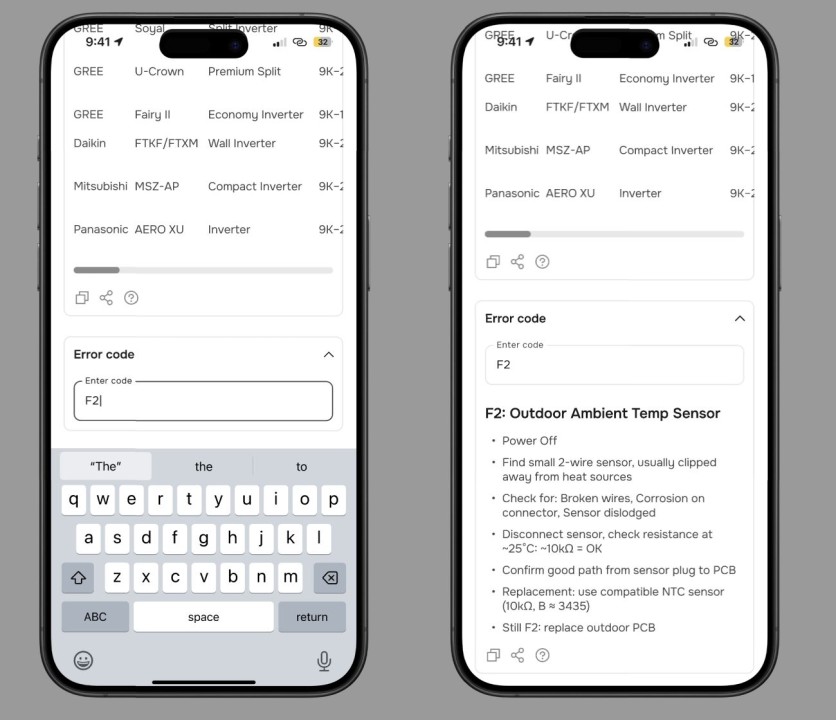The field service management (FSM) market—tools for automating home repair services—has been rapidly expanding in recent years. Automation is helping address the industry's labor shortage, improving workforce efficiency, and supporting technicians in their daily tasks. Here, I will talk about which services are lacking in this market and which features will be in demand in the coming years.

How Automation Is Transforming the Home Services Market
The U.S. home repair services market is growing at a rate of 20% annually and is projected to surge from the current $200 billion to $900 billion by 2031. This pace of growth is attracting new players and private capital alike, with investors actively acquiring the most successful companies.
In the face of rapid expansion, one of the biggest challenges the market faces is a shortage of skilled labor. This year alone, a shortfall of up to 500,000 specialists is expected. Over the next decade, the industry may face a personnel gap of up to 1.9 million people. Industry players in California report building up their HR brands and actively recruiting talent from other sectors, such as logistics.

As the market grows and labor shortages intensify, improving workforce efficiency becomes crucial. The clearest path forward is through digitization and automation. On average, automation helps repair companies reduce their annual operational costs by $720,000.
The market for automation services targeting this sector is growing as well. Some of the most successful and fast-growing FSM platforms include ServiceTitan and Housecall Pro. Over the past five years, their businesses have scaled by tens and even hundreds of times. The IT solutions market for repair companies is divided between platforms tailored for very small firms and those built for large enterprises. The first group includes tools like Housecall Pro, Jobber, FieldPulse, and Workiz—designed for teams of 1–5 technicians. The second group includes FieldEdge and ServiceTitan, which cater to companies with dozens or hundreds of technicians.
What Existing FSM Platforms Are Lacking
After analyzing the main complaints users have about current platforms, we categorized the key issues as follows:
- High cost. For instance, the average annual cost of using ServiceTitan can reach $300,000—about $300 per technician per month. For many companies, especially smaller ones, this is a substantial expense.
- Lack of solutions for mid-sized companies. Growing mid-sized companies often struggle to find the right fit, as most platforms are designed either for very small firms or large enterprises. A company with 5 to 50 technicians may find ServiceTitan too expensive, but Housecall Pro too basic and lacking in features.
- Outdated platforms. Many FSM services were launched between 2015 and 2019 and are now showing signs of aging. These platforms are limited by the architecture and tech stacks chosen at the time, which are difficult to change without rebuilding from scratch.
- Complex user experience and missing essential features. This point partially stems from the previous one. Many users find the interfaces of these platforms overloaded, with key features hard to locate. Basic capabilities—such as offline access or dynamic routing—are either absent or poorly implemented.
What the Market Needs Now
Having analyzed the needs of companies seeking automation in home services, I identified three key pillars upon which a next-generation platform should be built upon:
- A platform for mid-sized companies. Given the lack of effective solutions for this segment, targeting it offers the greatest demand opportunity. A good example is Breezy, a Denver-based platform launched in 2023, which markets itself as a modern solution focused on companies with revenues between $3 and $10 million.
- Lessons learned from earlier platforms + modern technology. An FSM service built in 2025 should draw on the successes and failures of its predecessors—identifying which features worked and which didn't. At the same time, it should fully leverage modern technologies, unlocking new opportunities and features that legacy platforms can't match.
- Market experience and ready-made solutions. Launching a new FSM platform requires experience in a similar domain. For example, we already have a platform that supports comparable business processes. Essentially, it only needs to be scaled and tailored to the U.S. market.
Features Still Missing from the Market
I've also identified several features not yet available in mainstream platforms, which I believe will be in high demand:
- Low-code/no-code configuration. With customizable visual editors, interfaces can be tailored to a company's unique needs. The same applies to automation features and reporting workflows. This approach enables mid-sized teams (5–50 technicians) to deploy enterprise-grade solutions without six-figure budgets or months-long integrations. One example is a visual screen and logic builder used by our FMCG clients to design their workflows within a single day.
- Multimodal reporting. In legacy platforms, generating a report typically requires several separate steps: uploading photos, writing descriptions, collecting signatures, and adding comments. This makes the process lengthy and discourages detailed documentation—hindering quality control and accurate time tracking for hourly billing. Multimodal AI can drastically simplify this process: a technician records a video or dictates a voice report, and the system automatically captures the event, transcribes it, extracts parameters, attaches photos, and fills in the report form. The result: automatic time stamps, proof of task completion, and a client-facing report detailing the job duration and quality.
- AI assistant functionality. This is one of the most important tools for significantly boosting productivity. With ongoing labor shortages, companies increasingly hire less experienced staff. To avoid a drop in service quality, platforms must integrate AI assistants. These can provide step-by-step task instructions, flag common errors in photo reports, offer corrective suggestions, and benchmark performance against best practices—helping technicians quickly close skill gaps in real time.

- Creating a "Stack Overflow" for technicians. AI assistants can also help build a knowledge base of manuals, edge cases, and expert tips derived from real-world experience. For example, a technician photographs an equipment label, and the system identifies the model, retrieves the manual and specifications, updates the device's knowledge base, generates a maintenance plan with timelines and costs, and provides real-time AI guidance. Seasoned technicians can also contribute to the database, which helps their less-experienced peers. As this grows, it paves the way for creating digital twins of home equipment to support proactive service and maintenance.

The end goal is to give technicians a truly intelligent assistant that provides real-time insights on the intricacies of servicing and repairing specific models.
Ultimately, what companies need isn't just another FSM service, but a true transformation of the entire home services sector. A powerful platform must evolve into a digital infrastructure layer: supporting technicians in real time, enabling proactive equipment servicing, cutting client costs, and extending the lifespan of household systems. The market is ready to take the first step toward making home repair less of a reaction to breakdowns—and more of an intelligent, predictive, and nearly invisible part of a comfortable modern life.
ⓒ 2025 TECHTIMES.com All rights reserved. Do not reproduce without permission.




